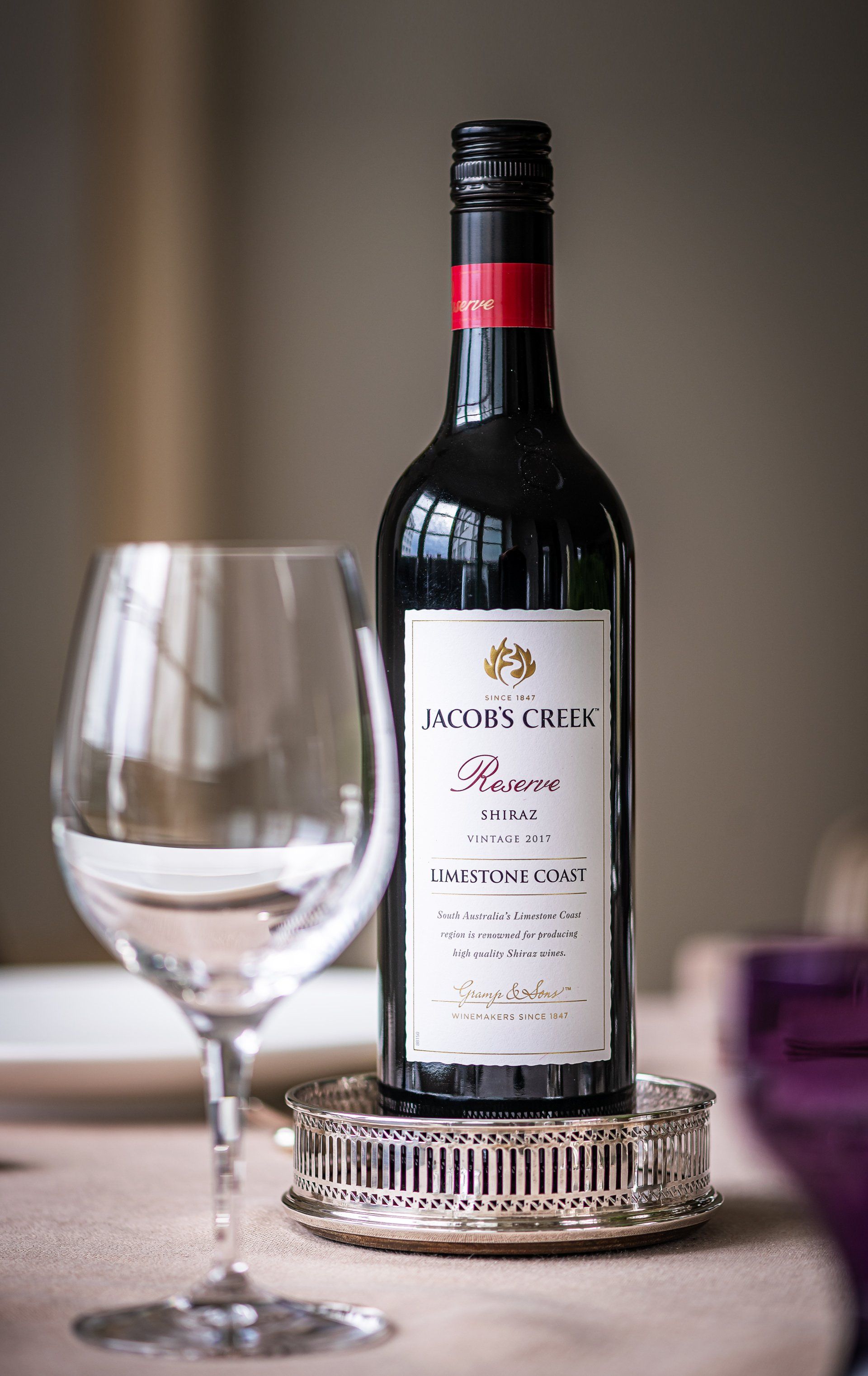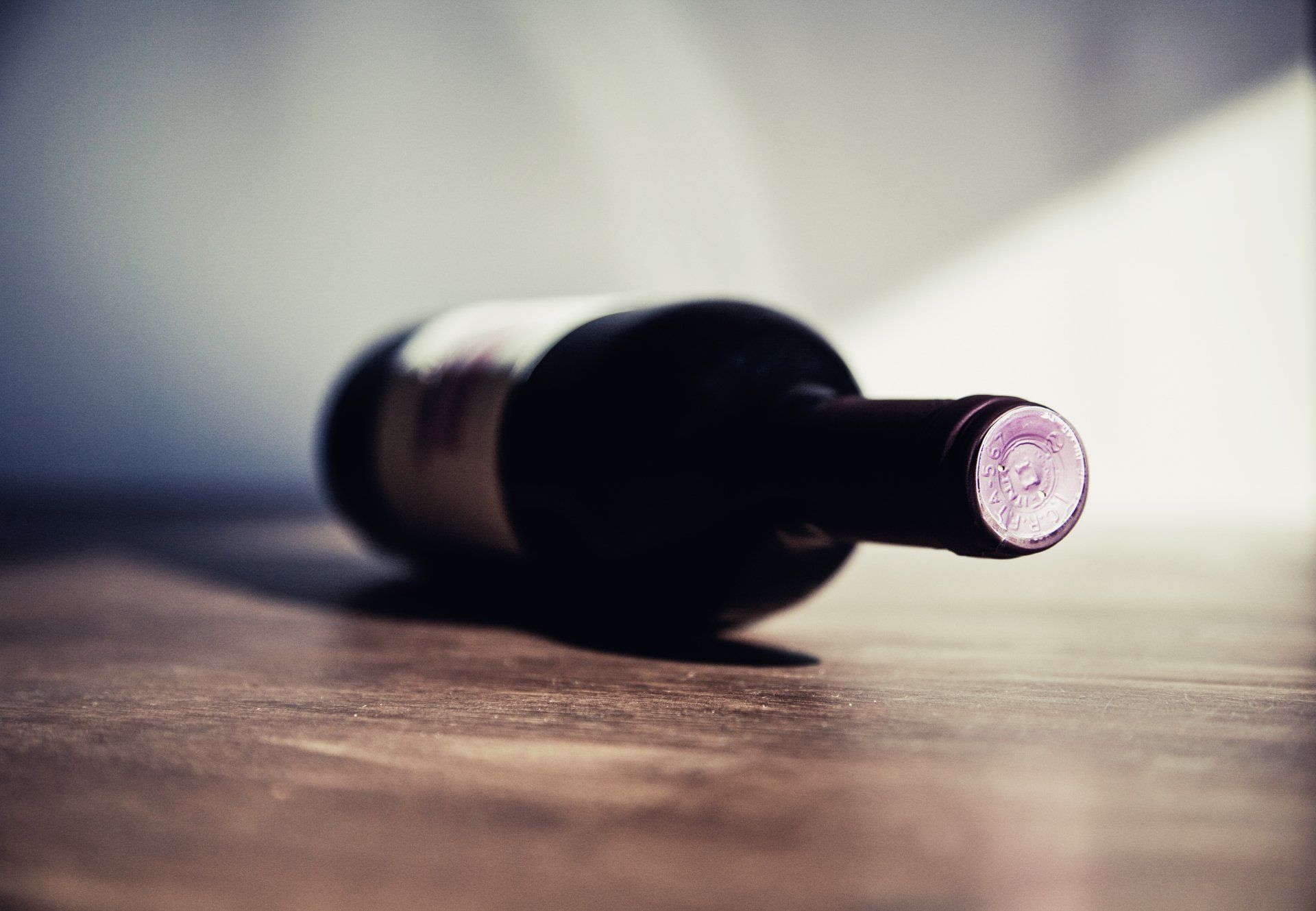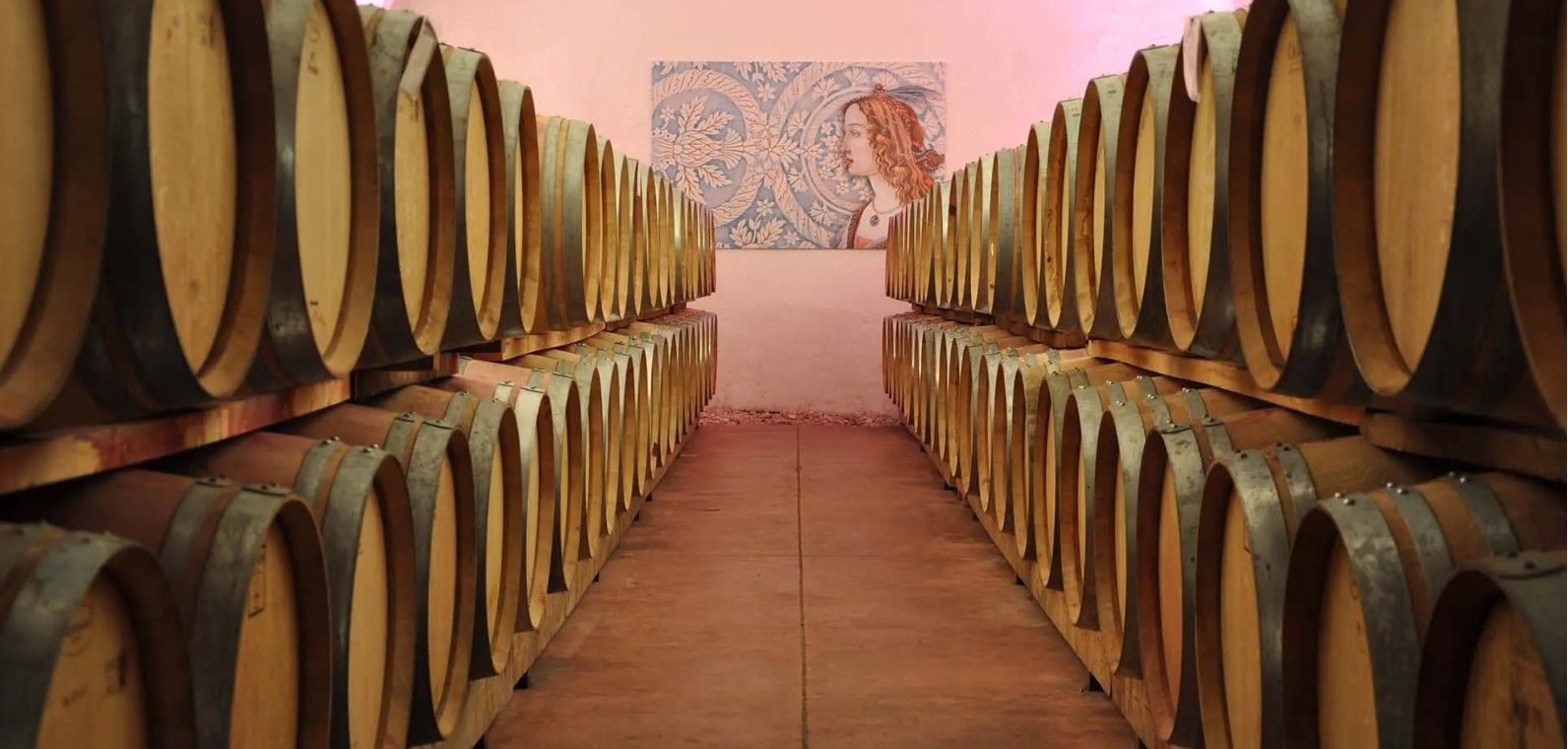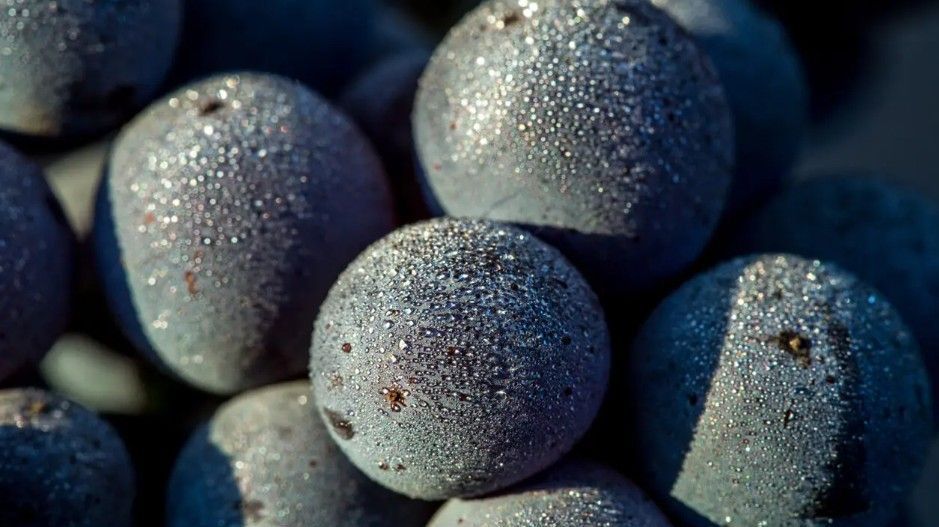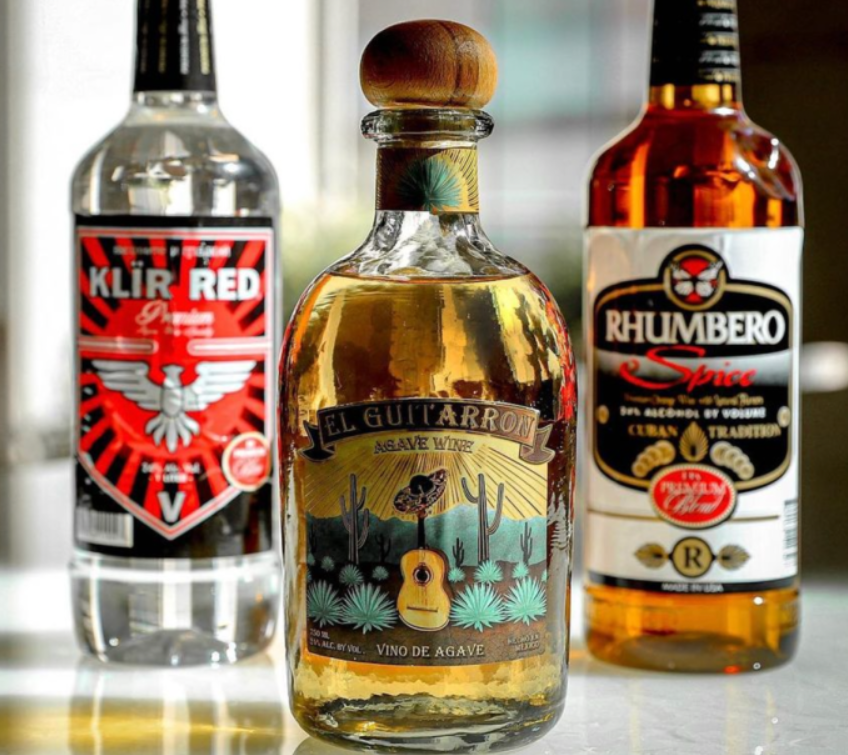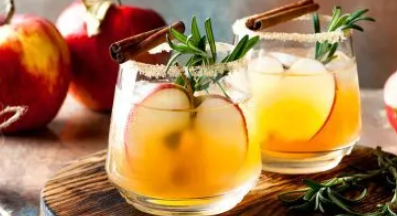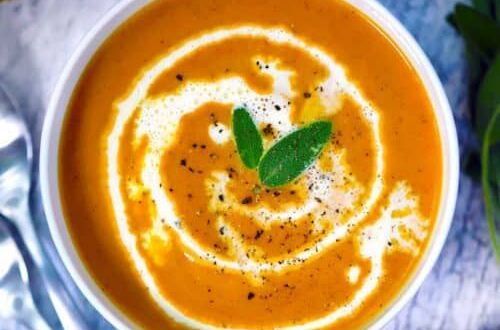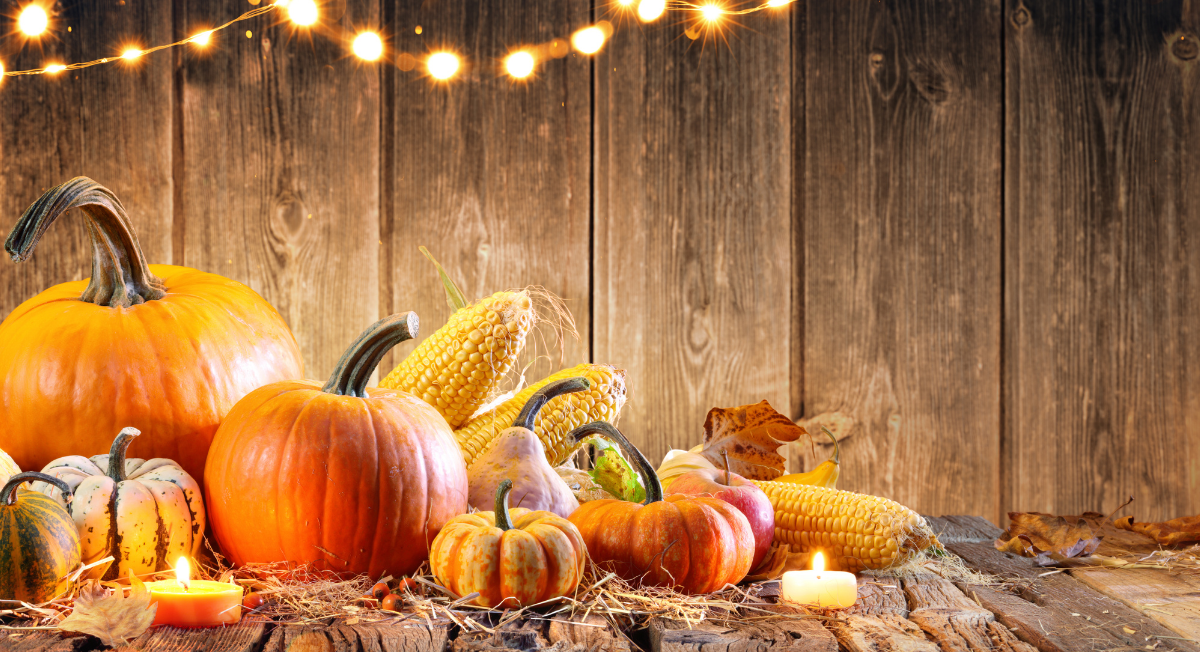What Is Acidity In Wine?
What Is Acidity In Wine? Article written by Noelle Hale for Wine Enthusiast
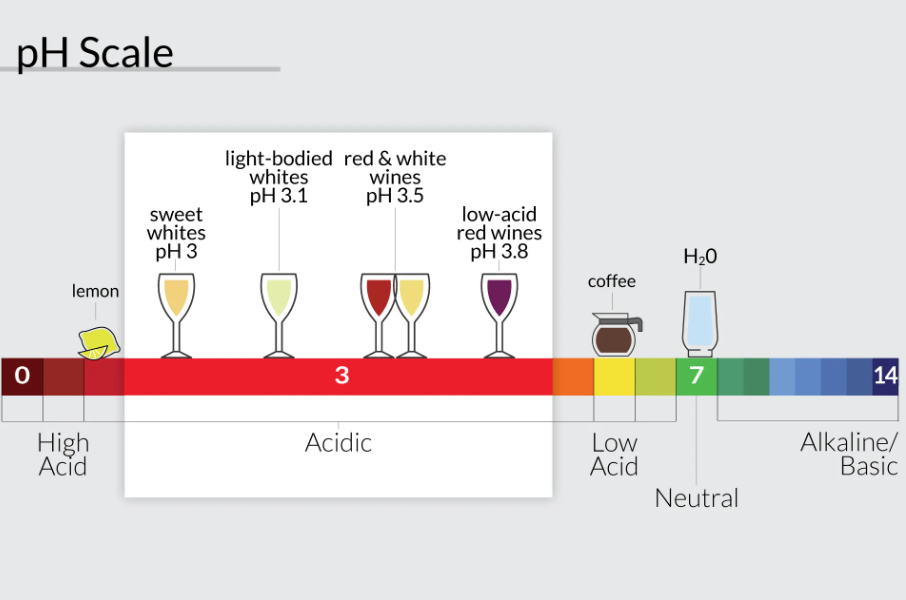
Ever pull a bottle of wine out of the refrigerator and notice what look like little glass shards swirling around the bottom or stuck to the underside of the cork? It’s freaky, yes, but they’re actually harmless tartaric acid crystals. Welcome to the strange world of acidity in wine. These acidic components can be complex, but they’re fundamental to determine how a wine looks, tastes and is made.
According to Denise M. Gardner, a winemaking consultant based in Pennsylvania, our mouths react instinctively to acidity levels. Want to see how acidic a wine is? Hold your mouth open after you sip. If you begin salivating, your mouth is reacting to the acid. The more saliva, the more acid.
The pH scale
Wine contains many acids, but the two main ones found naturally in grapes are tartaric and malic acids. What we usually refer to as acidity is technically called total acidity or titratable acidity.
“Titratable acidity correlates to how our mouths work,” says Gardner. “The more saliva you need to interact with a liquid, the more sour it tastes,” she says.
Titratable acidity is related to pH, but they measure different things. While titratable acidity measures amounts of acid, pH measures the strength of those acids. The pH scale is measured from 0–14, with the ends of the spectrum being the strongest.
Usually, if a wine has a high acid level, it will have a low pH. High acid/low pH wines are stable because their environment discourages the growth of bacteria and other microbes.
The other important thing to remember is that the numbers on the scale are logarithmic, not linear, so instead of pH 5 being twice as acidic as pH 6, it’s actually 10 times as acidic.
“I think of pH as more on the chemical side, and [titratable acidity] is more about the flavor profile of those acids,” says Alison Thomson, owner/winemaker of L.A. Lepiane Wines in Santa Barbara, California. “A higher acid wine is more lemony, and it makes your mouth water and pucker up a bit. It makes you want to drink more. Then, I think of pH as a reflection of the stability of the wine.”
How acid and pH affect your wine
How does acid affect the way that a wine looks and tastes in your glass? Acidity is measured on the pH scale, with a lower pH number indicating higher acid levels, while a high pH means lower acidity. For comparison, acidic white vinegar tends to have a pH level of 2.5, while milk registers at around 6.5, and water clocks in at a neutral 7. Typically, the pH level of a wine ranges from 3 to 4.
Red wines with higher acidity are more likely to be a bright ruby color, as the lower pH gives them a red hue. Higher pH, less-acidic red wines can take on a blue or purple hue. Wines with lower acidity can also take on a brown color because they’re more prone to oxidation. It may not be as noticeable in red wines, but can be off-putting in young white wines.
“Oxidation can become a problem regardless of your pH, but the reaction occurs quicker at a higher pH,” says Gardner.
A wine with high acid will usually taste crisper and more tart on the palate. A low-acid wine will feel smoother and rounder on the palate. When done carefully, it can be a lovely, lush sensation, but when low acid is combined with high pH, a flabby or almost soapy feeling can develop.
A wine with high acid will usually taste crisper and more tart on the palate. A low-acid wine will feel smoother and rounder on the palate.
Acidity provides some of the backbone needed for long-term aging, so high acid wines are more likely to improve with time than those with lesser amounts. The stability of high acid/low pH wines helps during aging. Conversely, high pH wines are more prone to contamination. Microbes or other unstable components can make high pH wines appear hazy.
Normally, these problems are corrected in the winery with addition of sulfur dioxide, which helps absorb some of the oxidation that would feed microbial growth. But it takes a lot more sulfur dioxide to get the same effect in a wine at pH level of 4 as one with 10 times more acidity at pH level of 3.
Wines with higher pH require more sulfites to protect them from oxidation because it decreases the sulfites’ effectiveness. In addition to following legal limits on sulfur additions, winemakers need to ensure that their wines don’t take on unpleasant sulfurous flavors like rotten eggs or overcooked cabbage.
It’s all about balance.
“With higher pH wines, there’s a recommended amount of sulfur you can add to make a wine microbiologically stable,” says Thompson. “But if you actually follow that, your wine is just going to taste like sulfur. You have to take into account a lot of different factors. Looking at acid is one component, but tannin and alcohol preserve wine as well. All of that goes into those final decisions.”
Where wine gets its acidity
A wine’s acidity starts in the vineyard. Potassium found in soil can make its way into the grapes and increase alkalinity, which helps neutralize acidity and raises the pH.
Unripe grapes have high acid levels, but that drops as they ripen. Grapes grown in cooler climates usually contain higher acidity because there’s less warmth and sunshine available to increase grapes’ sugar and pH levels. A winemaker can increase acidity by adding tartaric acid to the grape juice before fermentation. The process is common in warmer climates where the grapes can become overripe and pH can rise too high.
Sometimes a winemaker can be confronted by the opposite problem: acidity that’s too high. If a wine seems too acidic and sour, malolactic fermentation can be encouraged. It converts harsh malic acid, the kind found in green apples, into softer lactic acid, which you may know best in milk.
"Malolatic fermentation is an example of a winemaker manipulating the acid profile of a wine." Denise M. Gardner, winemaking consultant
Almost all red wines go through malolactic fermentation, but it’s more of a stylistic choice in white wines. Many people familiar with this process know of its role in creating buttery styles of Chardonnay, but that flavor can be prevented if it’s not desired. The main point is to lower acidity.
“Malolactic fermentation is an example of a winemaker manipulating the acid profile of a wine,” says Gardner. “The acid concentration doesn’t necessarily change, but you’re changing the identity of the acid from malic to lactic acid. So, there will probably be a pH change, but there will also be a change in [acid levels]. You can taste that change…because lactic acid makes a wine softer and less acidic.”
Remember those tartaric acid crystals? If a wine contains a lot of tartaric acid when bottled, the acid can clump together into crystals when chilled. The crystals, sometimes called tartrates or wine diamonds, will dissolve back into the wine as it warms up.
